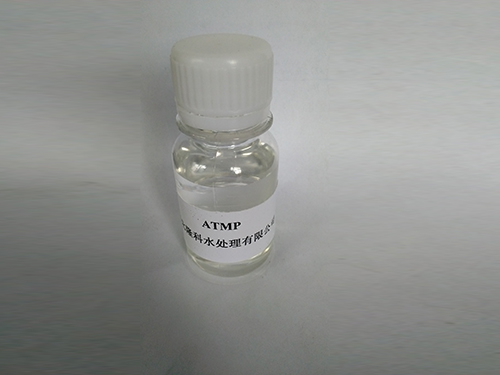Exploring the Applications and Benefits of Chloromethyl Isothiazolinone in Various Industries
Chloromethyl Isothiazolinone An Overview of Its Applications and Safety Concerns
Chloromethyl isothiazolinone (CMIT) is a synthetic compound that has garnered significant attention in various industries due to its effective antimicrobial properties. This compound, a member of the isothiazolinone family, is primarily used as a biocide in a range of applications, including personal care products, paints, and industrial fluids. Understanding the characteristics, applications, and safety concerns related to CMIT is crucial for industries seeking effective solutions for microbial control.
Chemical Properties and Mechanism of Action
CMIT is known for its strong biocidal activity, which is attributed to its ability to disrupt microbial cell membranes and inhibit cellular function. As a potent preservative, it is capable of preventing the growth of bacteria, fungi, and algae in aqueous environments. Its efficacy makes it particularly valuable in formulations such as cosmetics, shampoos, and skincare products, where microbial contamination can compromise product integrity and safety.
The compound is often used in conjunction with methylisothiazolinone (MIT) to enhance its effectiveness. This combination leverages the synergistic potency of both compounds, allowing for lower concentrations of each to be used while still achieving desired antimicrobial effects. However, the use of CMIT, especially in leave-on products, has raised concerns regarding skin sensitization and allergic reactions.
Applications in Various Industries
CMIT is extensively used in the cosmetics and personal care sector, primarily for its preservative qualities. It can be found in products such as lotions, creams, and hair care formulations, where it protects against microbial growth during storage and use. Additionally, CMIT is employed in the manufacturing of cleaning products, offering effective protection against various pathogens in household and industrial settings.
chloromethyl isothiazolinone

In the paint and coatings industry, CMIT is utilized to extend the shelf life of products by preventing microbial contamination that can lead to spoilage. Its application in the formulation of industrial fluids, such as metalworking fluids and hydraulic fluids, further underscores its versatility in providing microbial control in diverse environments.
Safety and Regulatory Considerations
Despite its effectiveness, the use of CMIT has been met with increasing scrutiny regarding its safety profile. Studies have shown that CMIT can cause skin sensitization and allergic reactions, particularly in sensitive individuals. This has led to regulatory bodies such as the European Chemicals Agency (ECHA) and the U.S. Environmental Protection Agency (EPA) implementing guidelines to limit its concentration in consumer products.
In response to growing concerns, many manufacturers have reformulated their products to reduce or eliminate the use of CMIT and similar biocides. The trend towards cleaner, safer ingredient practices in the cosmetics industry has resulted in a significant push for alternatives to traditional preservatives, fostering innovation in the development of naturally derived preservatives that can effectively replace CMIT.
Conclusion
Chloromethyl isothiazolinone represents a powerful tool for microbial control in various applications, from personal care products to industrial formulations. While its effectiveness in preserving product integrity is well-documented, the associated safety concerns cannot be overlooked. As industries continue to evolve and adapt to consumer demand for safer and more environmentally friendly products, the future of CMIT usage may see significant adjustments. Ongoing research and regulatory developments will play a pivotal role in shaping the landscape of biocides, ensuring that effective microbial control can be achieved without compromising consumer safety. As awareness grows, it is essential for both manufacturers and consumers to remain informed about the implications of using compounds like CMIT, thus fostering a dialogue that prioritizes safety and efficacy in product formulations.
-
lk-319-special-scale-and-corrosion-inhibitor-for-steel-plants-advanced-solutions-for-industrial-water-systemsNewsAug.22,2025
-
flocculant-water-treatment-essential-chemical-solutions-for-purification-processesNewsAug.22,2025
-
isothiazolinones-versatile-microbial-control-agents-for-industrial-and-consumer-applicationsNewsAug.22,2025
-
scale-inhibitor-key-solutions-for-water-system-scale-preventionNewsAug.22,2025
-
organophosphonates-versatile-scale-inhibitors-for-industrial-water-systemsNewsAug.22,2025
-
scale-and-corrosion-inhibitor-essential-chemical-solutions-for-water-system-maintenanceNewsAug.22,2025





